A dull knife is not just a nuisance in the kitchen; it can also be dangerous. This article dives into the simplest yet effective methods to restore your knife's sharpness. We'll explore techniques suitable for various skill levels, ensuring safety and efficiency.
Method 1: Honing With a Sharpening Stone
Using a sharpening stone is a time-honored technique, offering control and precision. The first step is selecting a stone. Coarse grit stones, typically ranging from 400 to 800 grit, are ideal for very dull blades. For routine sharpening, a fine grit stone, about 1000 to 3000 grit, is more suitable.
- Preparation: Begin by soaking the stone in water for 10-15 minutes. This process ensures the stone's surface is adequately lubricated, reducing friction and preventing damage to the knife's edge.
- Correct Angle: Holding the knife at a consistent 20-degree angle is crucial. This angle is optimal for most kitchen knives. For precision, imagine the angle of a matchstick under the blade – that's approximately 20 degrees.
- Sharpening Motion: With even pressure, glide the knife over the stone in a sweeping motion, as if slicing a thin layer off the top. Start from the base of the blade, moving towards the tip. This ensures the entire length of the edge contacts the stone.
- Repetition and Symmetry: Repeat the process on both sides of the blade to maintain its symmetry. Around 10 strokes per side are often sufficient for regular maintenance, but a very dull knife might require more.
- Cleanup: After sharpening, rinse both the knife and the stone. This step removes any metal filings and stone particles, preserving both the blade's sharpness and the stone's surface.

Method 2: Using a Honing Rod
A honing rod, often misunderstood as a sharpener, is primarily for blade maintenance. It realigns the edge of the knife, refining and straightening the blade without removing significant metal.
- Stable Position: Position the rod vertically, securing its handle firmly. The tip should rest on a non-slip surface. This position provides stability and control.
- Angle and Motion: Place the knife against the rod at a 15-20 degree angle. The lower angle aligns more closely with the blade's original sharpness. Swipe the knife down and across the rod, ensuring the entire length of the blade is honed.
- Repetition and Consistency: Perform this motion several times on each side of the blade. Consistency in angle and pressure ensures the edge is uniformly realigned.
- Cleaning: After honing, wipe the blade clean. This step removes any metal fragments that may have been dislodged during the honing process.

Method 3: Knife Sharpeners
Manual or electric knife sharpeners are excellent for those seeking a quick, hassle-free method. These devices often have pre-set angles, making them user-friendly.
- Stable Positioning: Place the sharpener on a flat, stable surface to ensure safety and control.
- Sharpening Process: Insert the knife into the designated slot, applying gentle pressure. Pull the knife through the sharpener, from the base of the blade to the tip. This motion should be smooth and controlled.
- Repetition and Evaluation: Repeat this process several times. Periodically check the knife's sharpness to avoid over-sharpening.
- Final Cleaning: After achieving the desired sharpness, clean the knife. This step is crucial to remove any residual metal filings.

By following one of these 3 easiest methods, you can efficiently restore and maintain the sharpness of your knives, enhancing both safety and performance in the kitchen. Remember, regular maintenance is key to preserving a knife's edge and ensuring longevity.
Sharpening a dull knife enhances safety and efficiency in the kitchen. Whether you choose a sharpening stone, honing rod, or knife sharpener, the key is regular maintenance and safe practices. With these methods, your knives will remain sharp, ensuring a pleasant cooking experience.


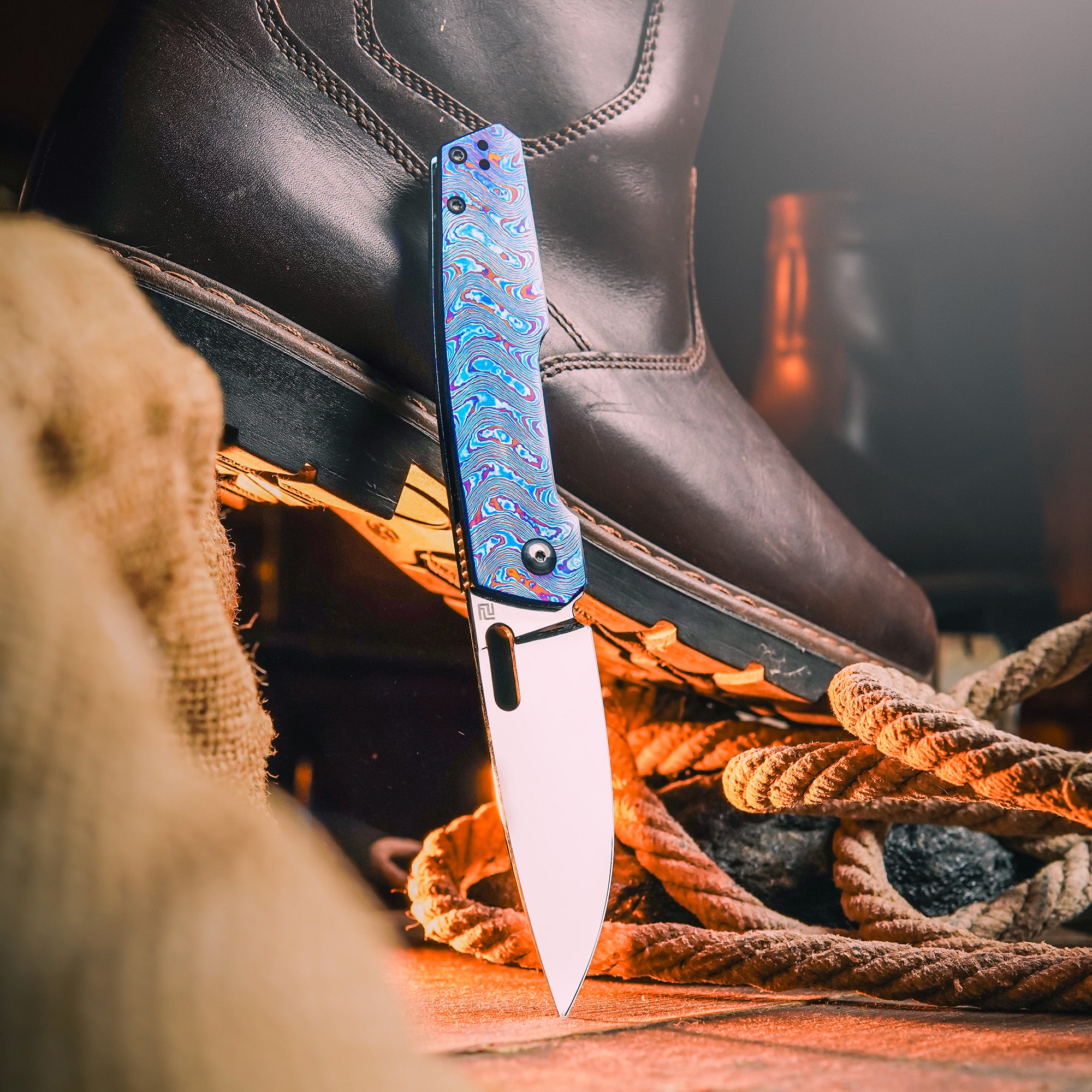
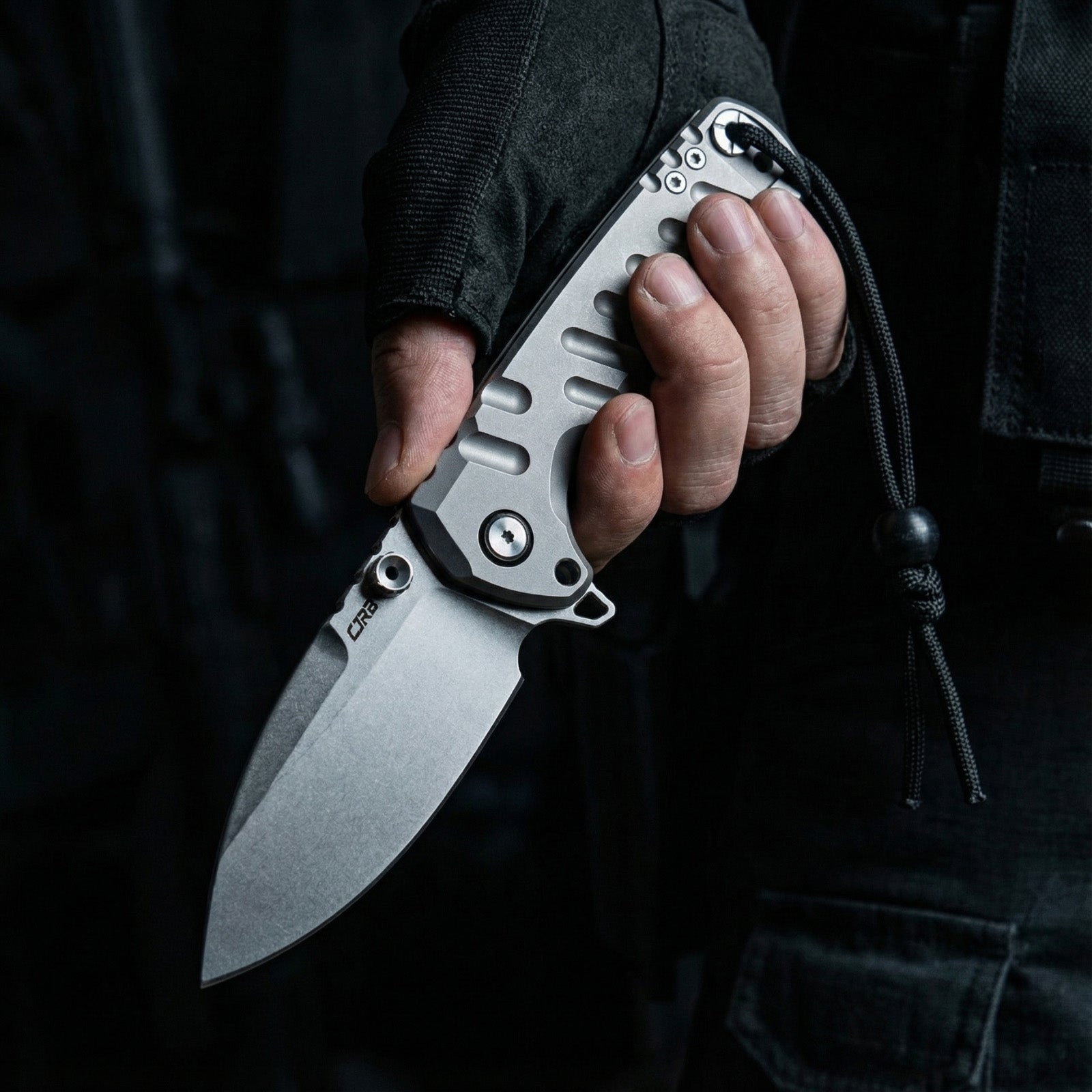
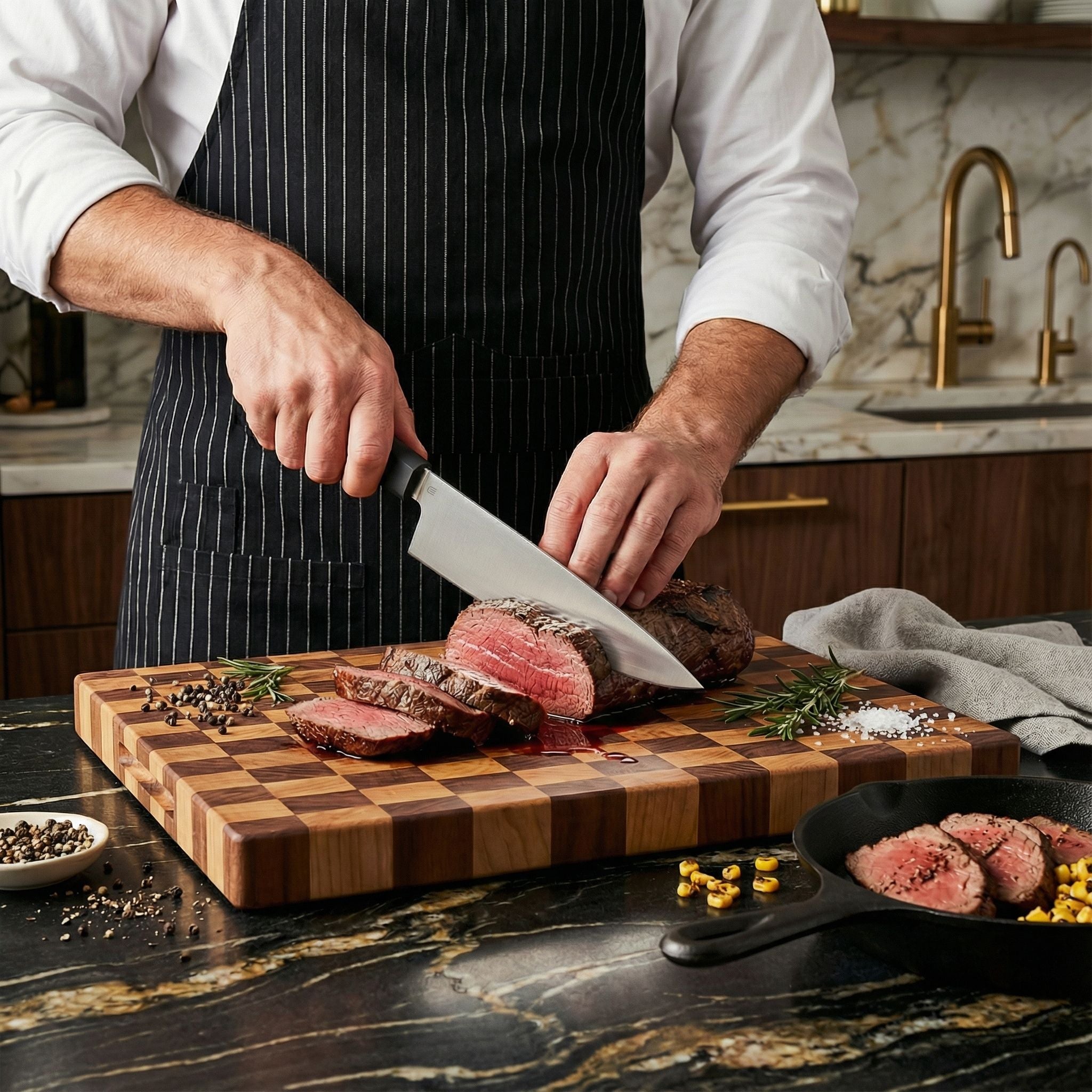
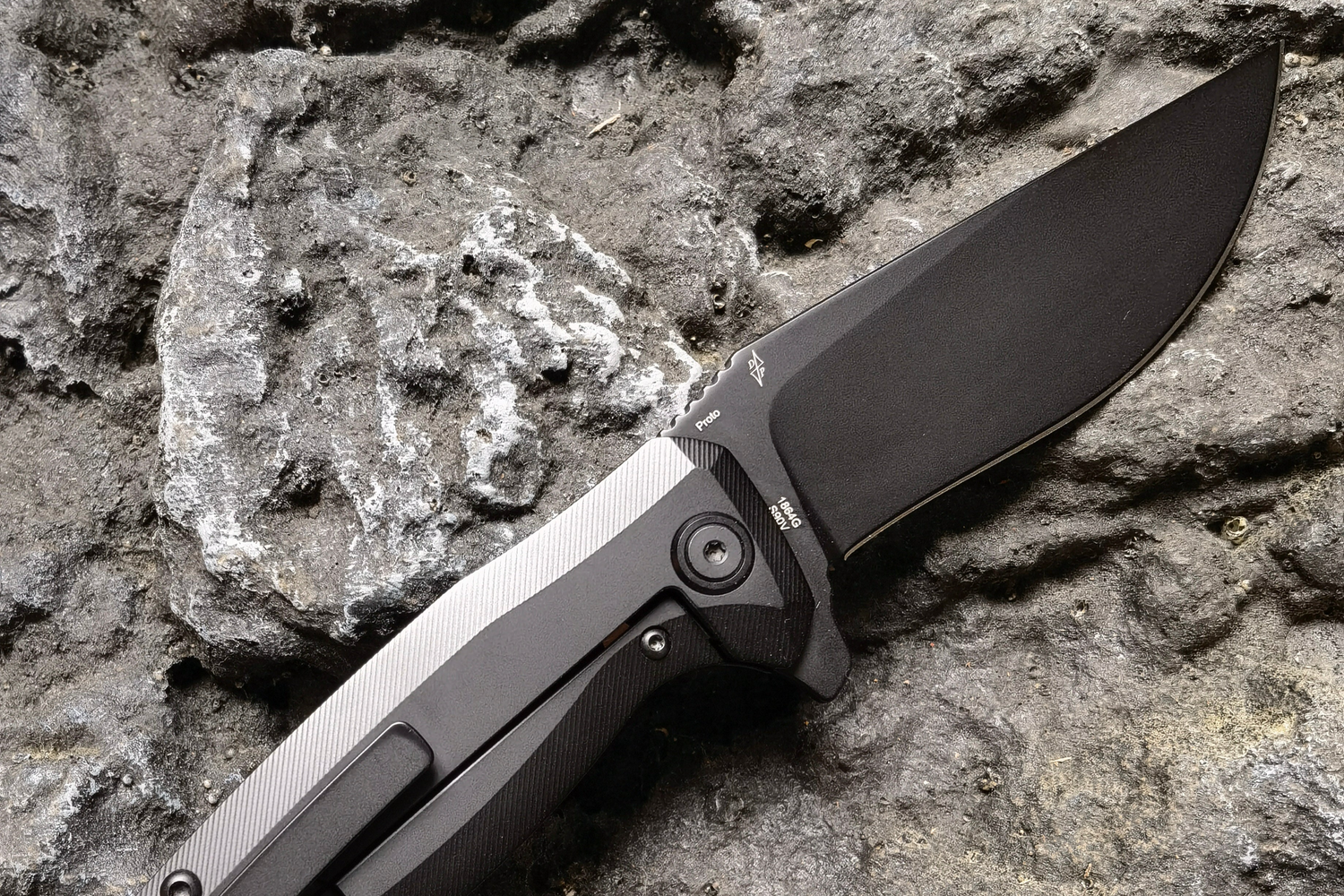

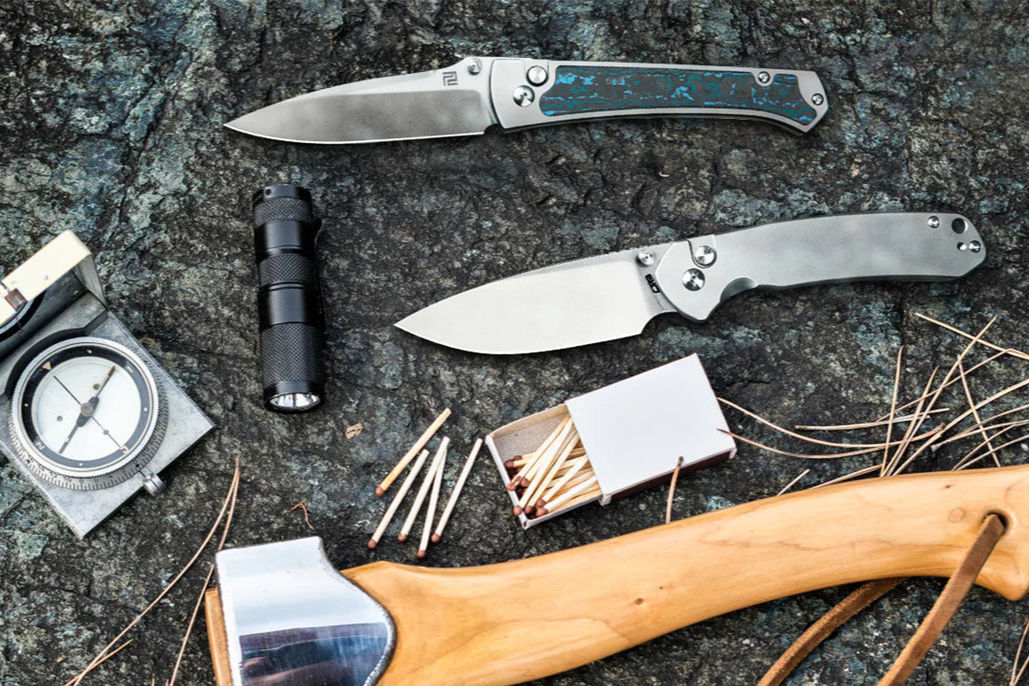


Leave a comment
All comments are moderated before being published.
This site is protected by hCaptcha and the hCaptcha Privacy Policy and Terms of Service apply.